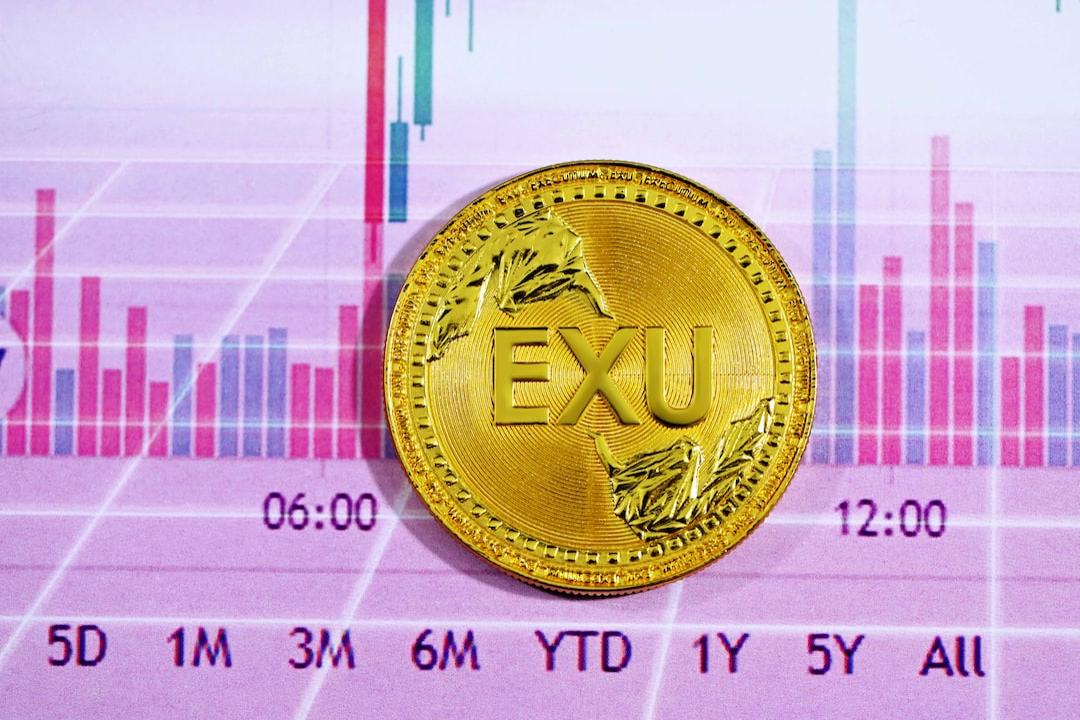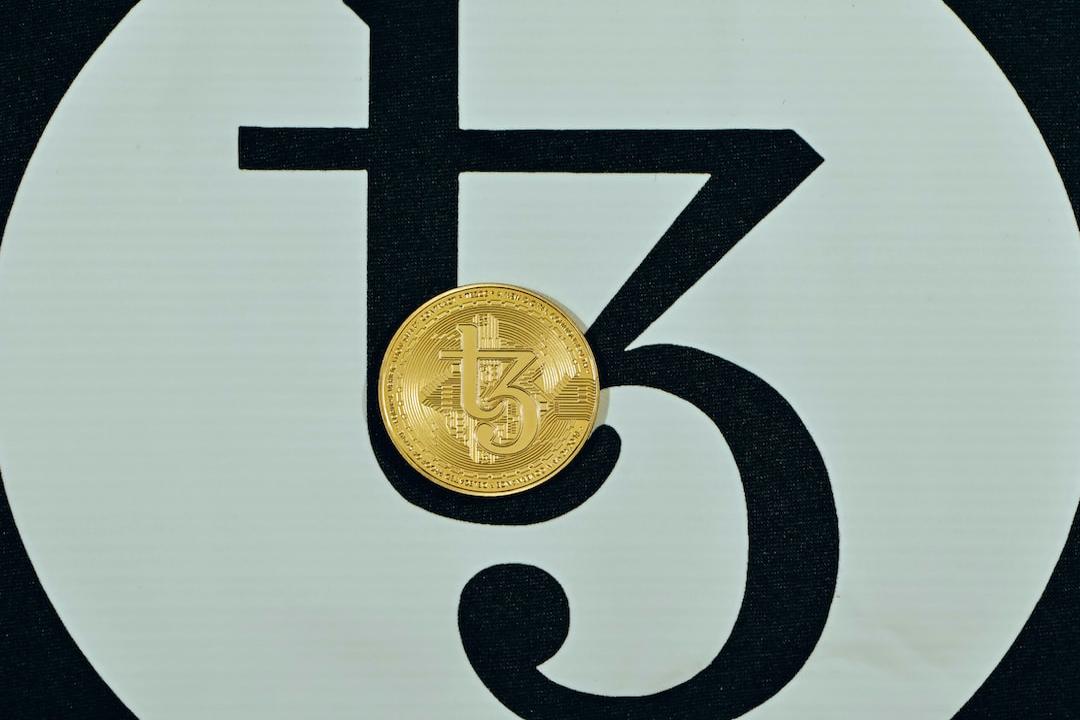“Bear market for harvesting, bull market for trading; golden dogs do not roll, big hairs do not roll.” This article is sourced from a tweet by Yuyue, organized by PANews.
(Background: Efficient capture of Sonic’s June airdrop, refer to these three major leverage strategies)
(Supplementary background: Alpha Gold Digging’s BNB re-staking leading to over 30% APY for airdrop points, what is KernelDAO? Funded by Binance’s Yzi Labs)
I entered the crypto space through airdrops, but the current airdrop model has changed significantly. As a practitioner in crypto with a track record of selecting viable paths, I will discuss what actions should be taken next, focusing primarily on core ideas for players with small capital.
“Bear market for harvesting, bull market for trading; golden dogs do not roll, big hairs do not roll.”
The core idea is:
Lower expectations.
Whether in the secondary market, primary market, or airdrops, which can be seen as a quasi-primary means of farming, one must recognize that the crypto industry has entered a bear market in terms of valuation dimensions. I have often mentioned the concept of “returning to common sense.” In a market with lukewarm conditions, excessive emotional premiums will be corrected as value reverts.
If one can lower expectations and not be overly greedy, that is the foundation for continuing to cultivate in a bear market.
Before harvesting, the most important thing to understand is:
What is the essence of harvesting?
Harvesting is a quasi-primary market participation channel, and its essence is somewhat similar to primary investments; airdrops, in the current version, serve as marketing tools for projects to acquire customers and enhance data.
Harvesting is inherently not guaranteed to yield returns; it is a form of investment, and there is no commitment of returns from project parties.
Based on these three points, you will find that the primary group of investors in this round of primary investments — the vast majority of VCs — are actually not making profits. Moreover, the rule of primary investment is to invest in bear markets and reap in bull markets.
In recent years, almost all significant harvests in airdrop history have emerged from bear markets. For instance, APT and ARB were both launched when the secondary market conditions were not favorable, resulting in lower capital and time costs for retail investors, especially with Aptos and even testnet level A8 harvests.
However, the second half of last year was fundamentally a bull market, and investing in the primary market during a bull market inevitably increases the risk of being harvested in return. If one understands that the essence of harvesting is a form of primary investment without contracts, one will realize that being harvested in return may simply be the norm.
Looking back at the timeline of Nillion, this project raised funds in Q3 of last year and initiated activities primarily for retail participation, coinciding with the two most active quarters in the secondary market last year. Now, during the TGE, we are at a point where the secondary environment is at its worst… Essentially, this is a timing issue.
Lastly, what should we do now?
Observe more, act less.
During a bear market, unexpected opportunities can frequently arise. For instance, the $COCORO from a couple of days ago can be considered a significant golden dog. Slowing down the pace can still yield profits; it just depends on how one evaluates the narrative’s level.
On the basis of observing more and acting less, do not be overly greedy; earning several thousand U in one go is already quite appealing.
Harvesting and cultivating can still be pursued, but do not expand or increase capital investments.
If necessary, one can engage in more harvesting day jobs. If expectations can be lowered, there are still plenty of easy day jobs in crypto, such as IDO tasks from Binance Wallet worth hundreds of U per task, OKX’s Cryptopedia events, and Bybit’s Solayer & Launchpool activities. These are essentially guaranteed airdrops; it’s just that people often overlook these small amounts, which is a matter of expectation.
Moreover, while harvesting, engaging in reflection and thinking can enhance industry understanding, rather than merely treating it as a mechanical task. For example, how can one improve personal efficiency? What is the process for systematically gathering information? How to organize and plan projects and knowledge bases? These are all areas that can be optimized.
Self-improvement
If you can read, read a book, especially to improve your learning ability. Learning a language or enhancing your education can have very practical benefits.
Exercise to create a solid physical foundation for the bull market.
Believe that golden dogs do not roll and big hairs do not roll. Try to find areas that still have dividends, rather than simply following others’ actions.



